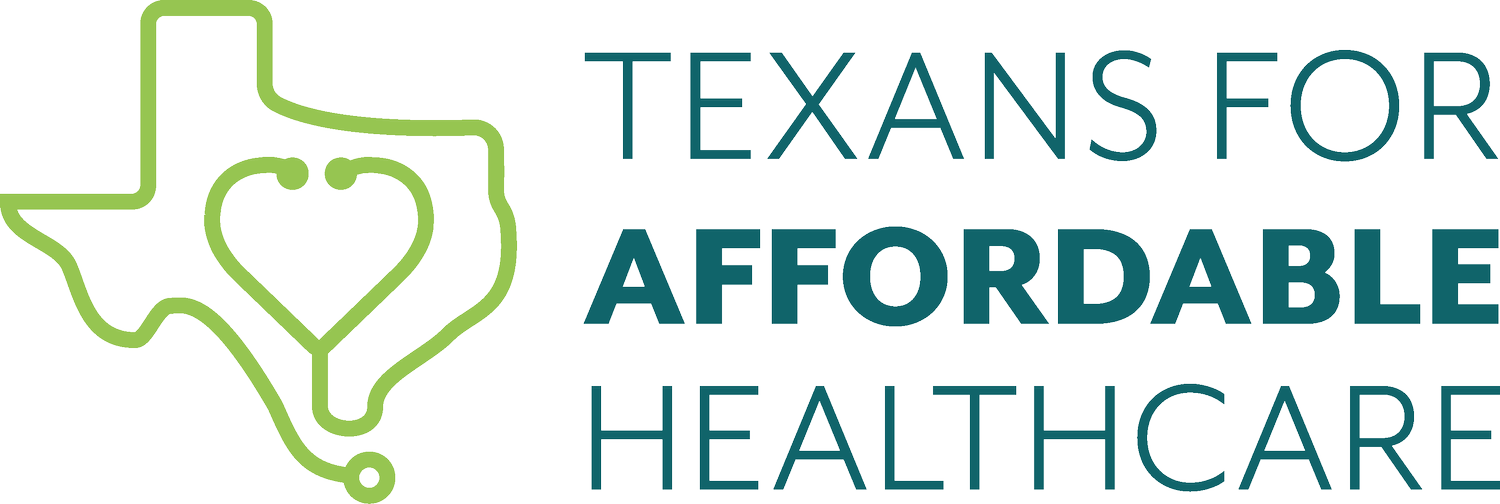National Minority Mental Health Awareness Month: Be the Source for Better Mental Health
Understanding the Unique Challenges
July is National Minority Mental Health Awareness Month, an annual observance that sheds light on the unique challenges faced by racial and ethnic minority communities. These challenges significantly impact mental health outcomes. This topic is particularly close to my heart as I have struggled with mental health issues most of my adolescent and adult life. In my next blog post I’ll share more about my personal experiences with anxiety, depression, and bulimia. Today, I want to share some facts and figures that illustrate how prevalent mental health issues are in Texas and across the country, particularly in minority communities.
The 2024 Theme: Cultures, Communities, and Connections
The U.S. Department of Health and Human Services (HHS) Office of Minority Health (OMH) has chosen the theme for 2024: "Be the Source for Better Health: Improving Health Outcomes Through Our Cultures, Communities, and Connections." This theme encourages us to explore how the social determinants of health (SDOH) affect mental well-being in these populations.
Social Determinants of Health (SDOH)
SDOH factors play a crucial role in mental health disparities. Some of these factors include:
Natural Disasters: Living through a disaster can impact mental health.
Financial Hardship: Economic stress affects well-being.
Access to Services: Limited access to culturally and linguistically appropriate mental health services.
Stigma: Overcoming stigma around mental health care.
Texas Statistics
Here are some key statistics related to minority mental health and mental health care access in Texas:
1. Prevalence of Mental Health Issues:
a) Youth: More than 1.2 million Texas youth (ages 17 and younger) report having a mental, emotional, behavioral, or developmental problem, which accounts for 20% of all Texas youth [2].
b) Adults: Approximately 796,000 adults in Texas have a serious mental illness [3].
c) Total: Almost 3.4 million adults in Texas have a mental health condition according to work done by the National Alliance on Mental Illness (NAMI).
2. Health Disparities:
a) Uninsured Rates: Nonelderly American Indian/Alaska Native (AI/AN) and Hispanic individuals are more than twice as likely as their White counterparts to be uninsured (as of 2022) [4].
b) Access to Mental Health Services: Among adults with any mental illness, Hispanic, Black, and Asian adults are less likely than White adults to receive mental health services [4].
c) Professional Shortage: According to Texas DSHS, 248 of Texas 254 counties have mental health professional shortages, with 3 additional counties having a partial mental health professional shortage designation.
3. Treatment Gaps:
a) More than half of people with a mental health condition in the U.S. did not receive any treatment in the last year [3].
b) In 2022, Hispanic, Black, and Asian adults were less likely that White adults to receive mental health care services.
Remember that addressing mental health disparities requires collective efforts, including policy changes, community engagement, and destigmatization. Let's work together to improve mental health outcomes for all! 💙
For more information, you can explore the Texas Health Data Mental Health Dashboard.
1. Data Brief: The State of Mental & Behavioral Health in Young Texans
2. That’s more than the population of Austin. Mental Health in - NAMI
3. Key Data on Health and Health Care by Race and Ethnicity
4. Texas Health Data - Mental Health
5. Prioritizing Minority Mental Health | Health Equity Features | CDC
6. Getty Images


